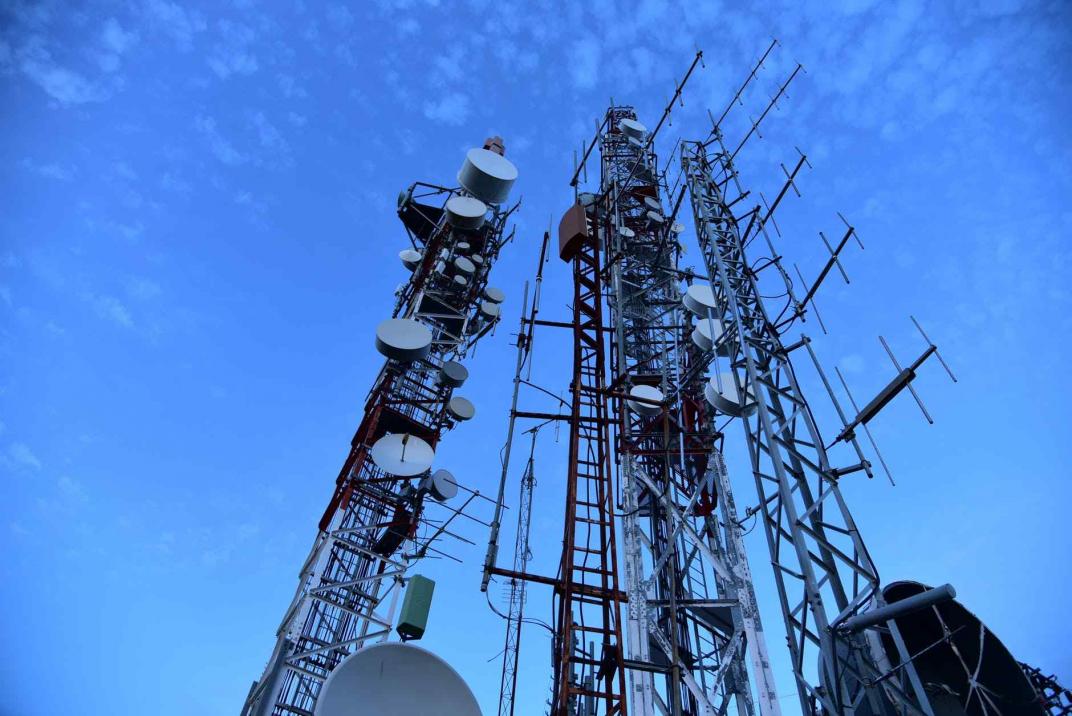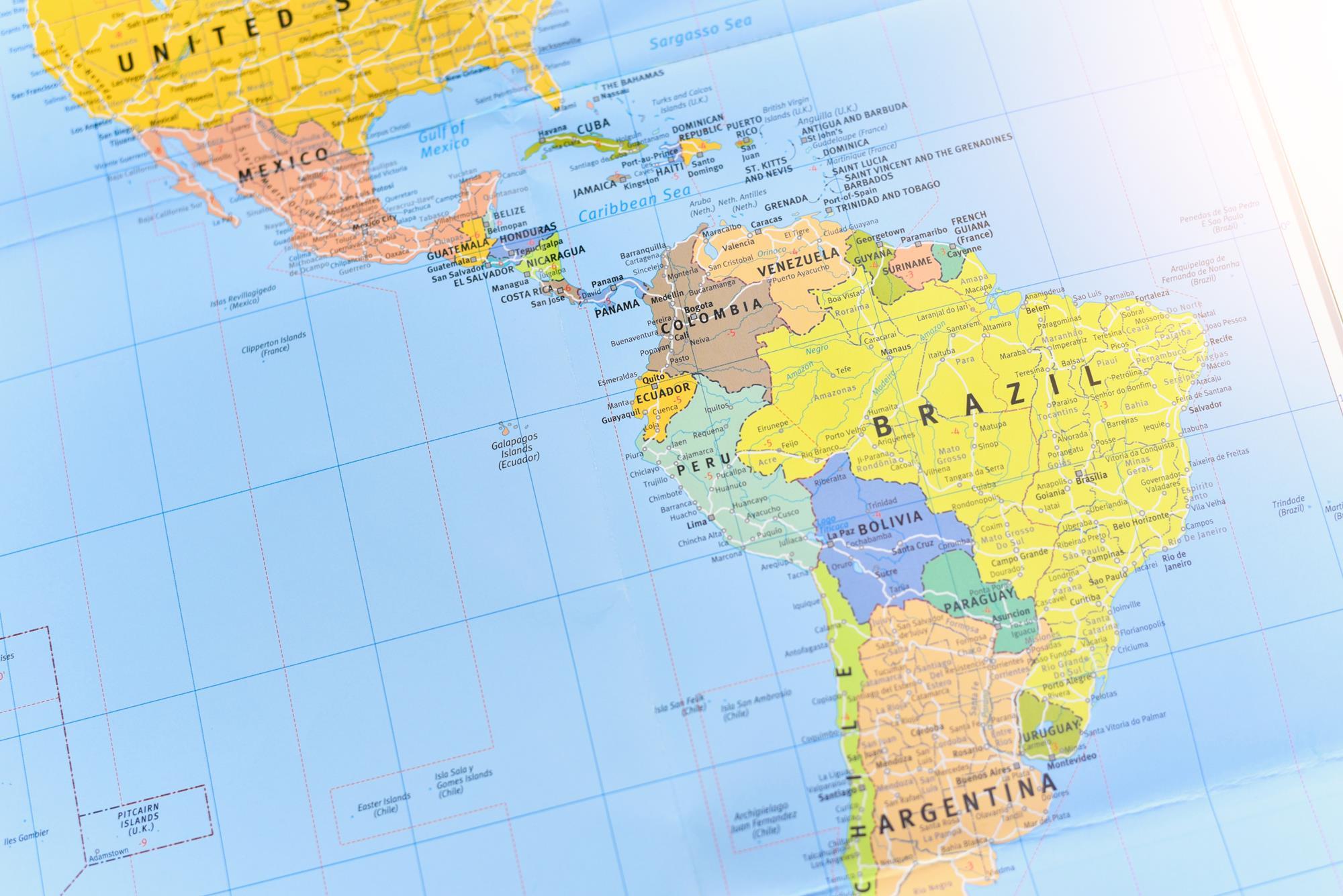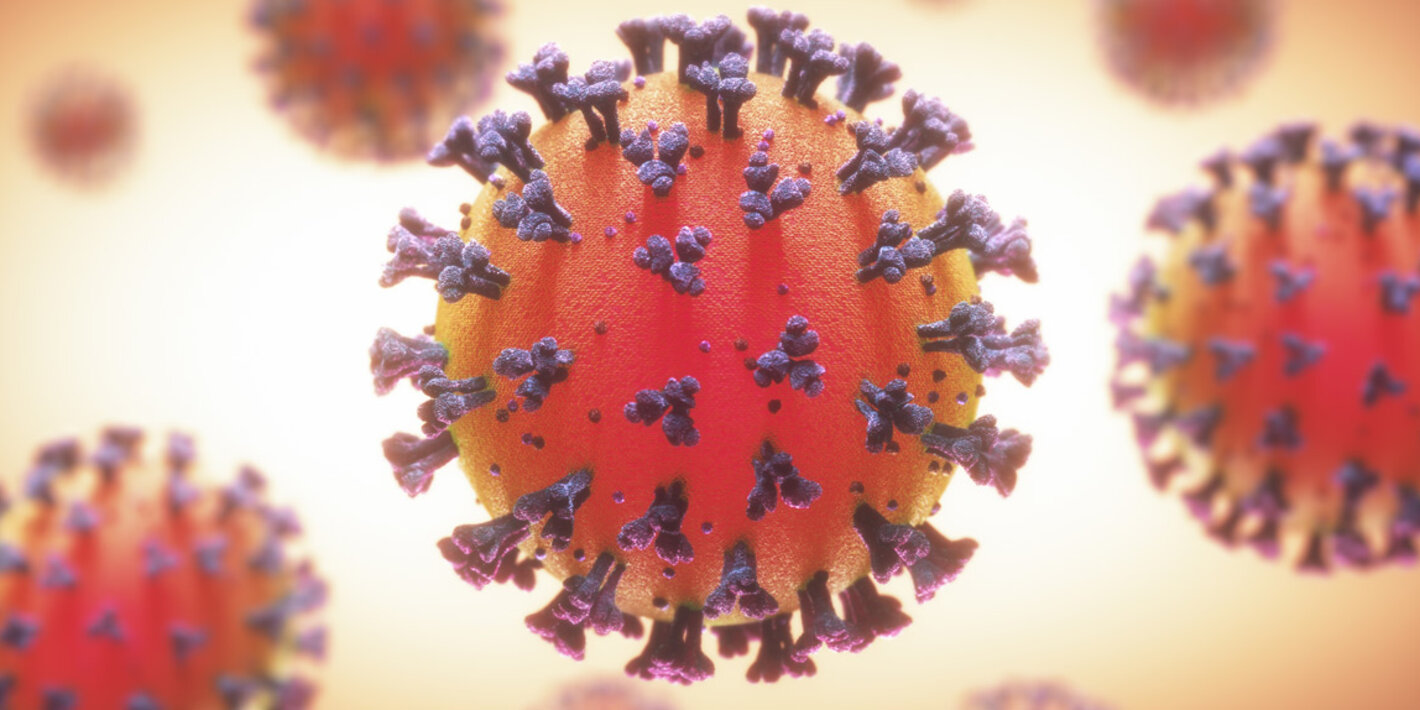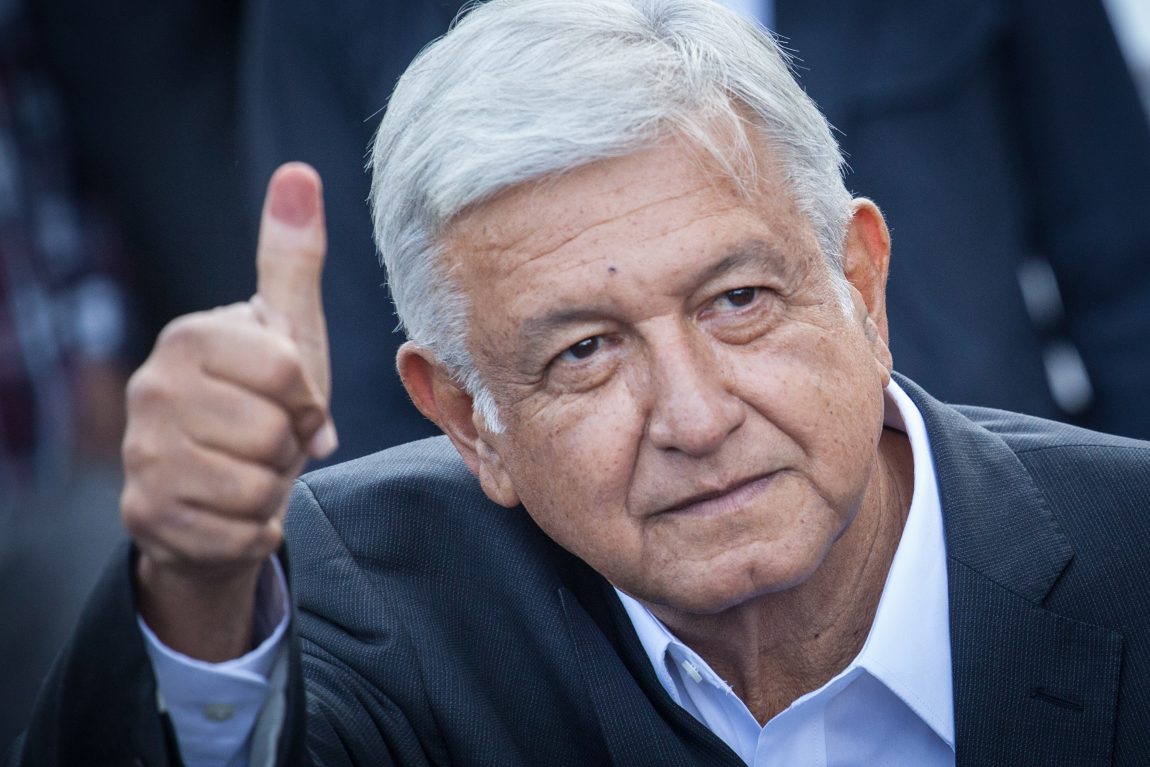A view on what to watch across Latin American markets this week.
Chile: The central bank’s survey of expectations for March 2018 is scheduled for release on Monday, March 12 at 7:30am EST. As a point of comparison, the following is a brief summary of economists’ expectations in the February survey:
Inflation expectations remained anchored, but were below the central bank’s target for 11-month forward inflation of 2.6% year-over-year. 23-month forward inflation expectations remained at the target of 3.0% year-over-year. Economists expected a gradual increase in the monetary policy rate, forecasting the policy rate from period ‘t’ (February in this case) for the following 5, 11, 17 and 23 months at rates of 2.50%, 2.75%, 3.00% and 3.25%, respectively. Finally, economists expected 2018 and 2019 GDP growth rates at 3.2% and 3.4% year-over-year, respectively.
On Sunday, March 11, Sebastian Piñera took office as president for a four-year term. The key members in the cabinet have signaled a pro-market stance and a similar composition to that seen during Piñera’s first run as president (2010-2014), with Felipe Larrain at the helm of the finance ministry and Baldo Prokurica as mining minister. Piñera designated experienced political operator, Andres Chadwick, as interior minister. This position will be key because Piñera’s party does not have the majority in congress. “While we expect investment sentiment to continue to improve, we also believe there will be no major changes in fiscal policy as the government is likely to continue with a very gradual reduction of the fiscal deficit,” Benito Berber, executive director and Latin America strategist with Nomura Securities wrote in a note to clients this week.
Mexico: Industrial production for January is scheduled for release on Tuesday, March 13 and will likely continue to show weak numbers from low growth in mining and oil. Nomura expects some recovery in the manufacturing sector supported by strong US growth. Due to the loss from mining and oil to the overall industrial production index, the annual growth for January is expected to be negative (or at best marginally positive).
Peru: The government will publish the monthly GDP proxy for February. Despite the political noise, Peru’s economy appears poised to recover in 2018 particularly if the execution of investment related to El Niño flood reconstruction efforts is unimpeded (our 2018 GDP growth forecast remains at 3.8% y-y). The monthly GDP proxy slowed in November and December with growth rates below 2.0% year-over-year, after expanding at 3.55% in October. Part of the deceleration was due to a decrease in exports, which market analysts believe will revert as mining production accelerates.

On Friday, March 16, President Pedro Pablo Kuczynski (PPK) is scheduled to meet with the congressional committee investigating the Lava Jato case. This could be decisive for the opposition when deciding whether to impeach the president. On March 8, the opposition started the impeachment process in congress as it had enough votes (26 votes needed). However, it is unclear if the opposition has enough votes to start the debate phase of the impeachment process (40% of congress if there is quorum) and it is even more uncertain if the opposition will get the 87 minimum votes needed to impeach PPK. “We put the probability of impeachment at slightly below 50%.”
Ongoing: Renegotiations of the North American Free Trade Agreement (NAFTA). Round seven of talks wrapped up on March 5 and no fixed date has yet been set for the next round of talks. One report via Bloomberg states April talks in Washington, D.C. could materialize.







